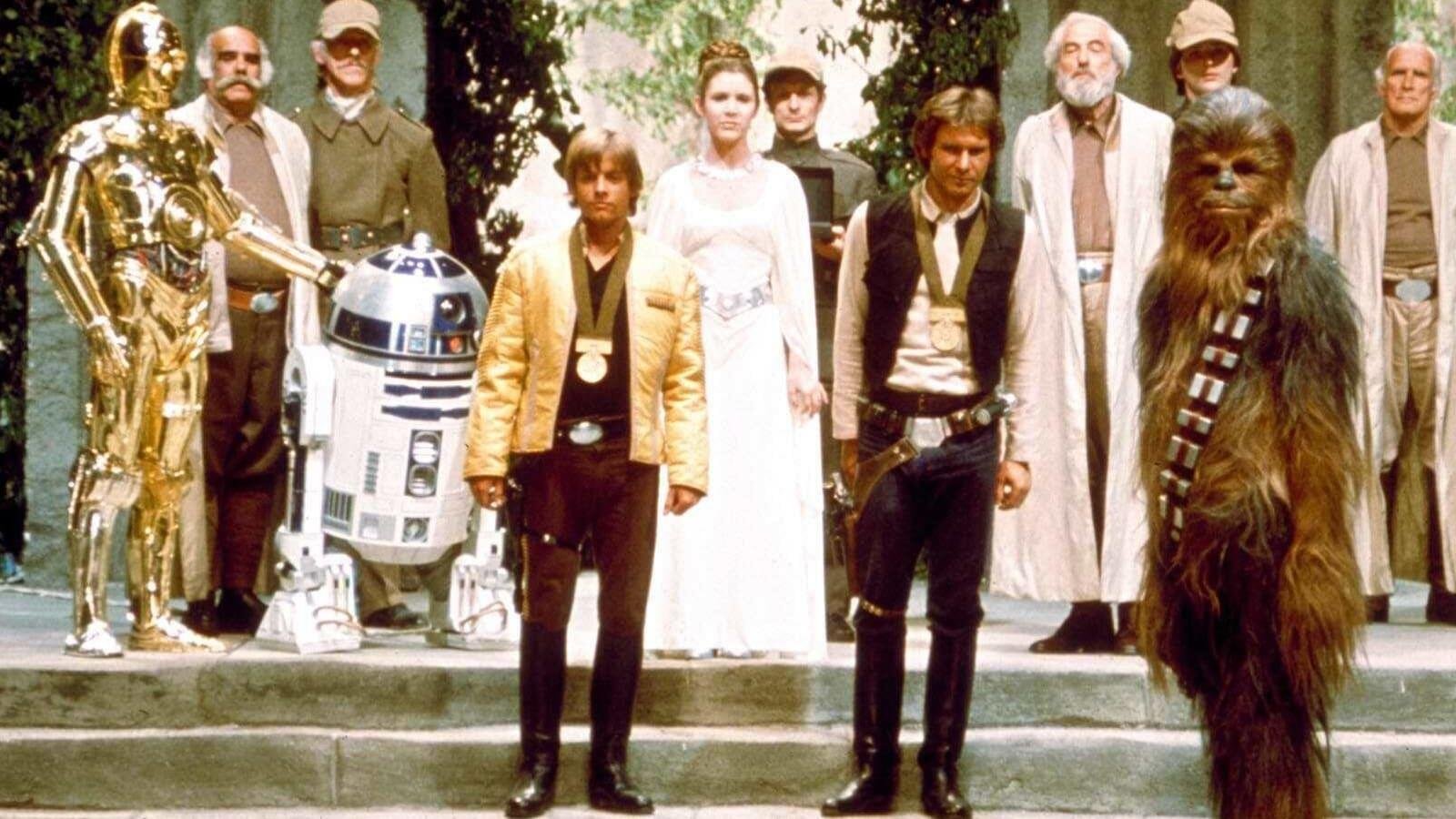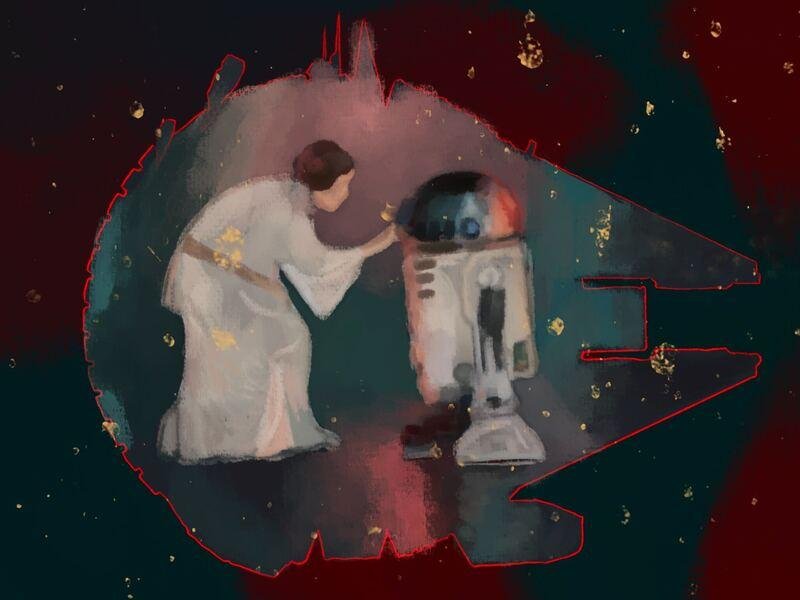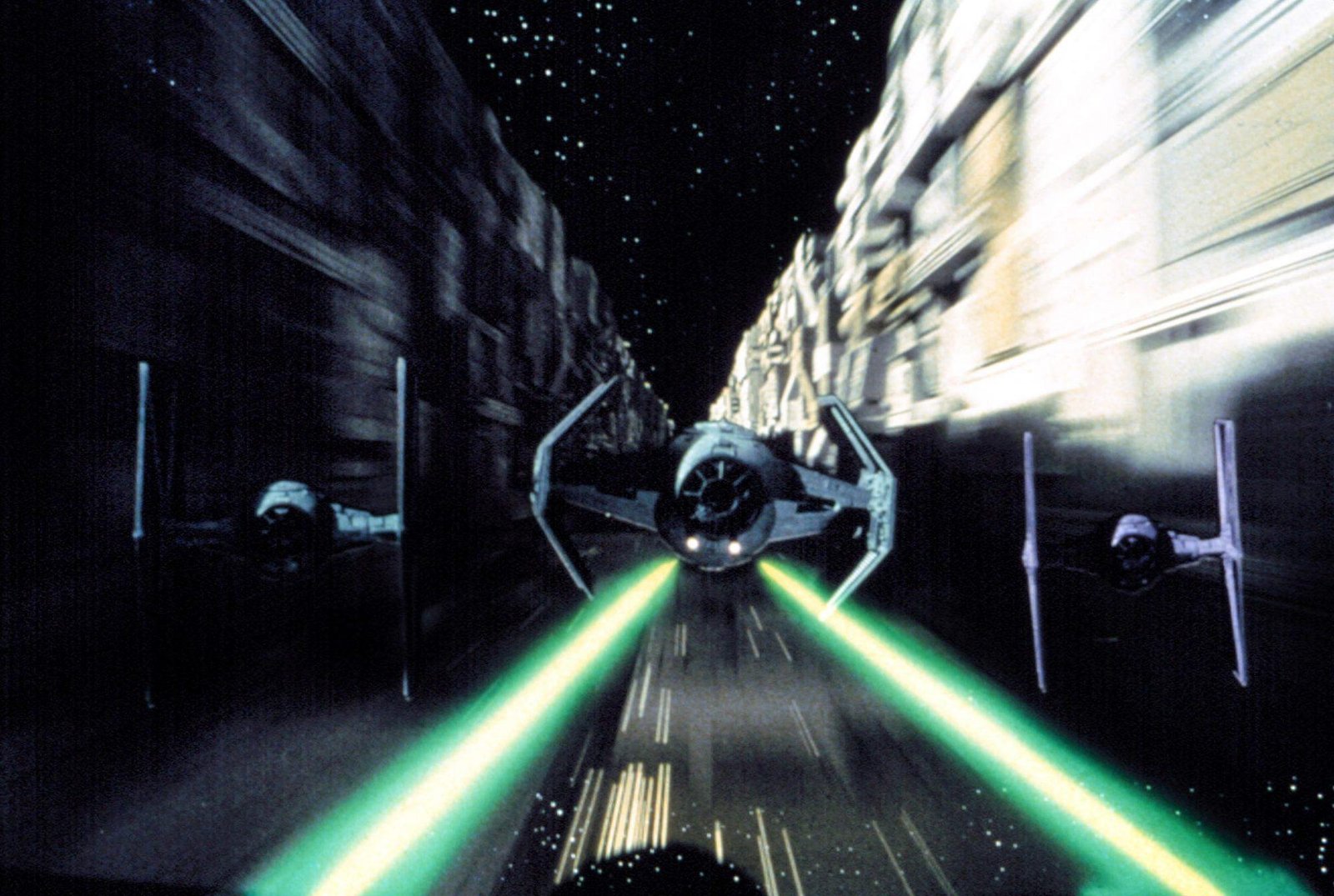The Genesis of a Galactic Saga: The Impact of ‘Star Wars: Episode IV – A New Hope’ on Cinema History
In the world of cinema, few movies have had such a profound impact as “Star Wars: Episode IV – A New Hope”. The original Star Wars film, released in 1977, not only revolutionized the way films were made and marketed but also captured the hearts and imaginations of millions of people around the world. From its iconic characters and unforgettable score to its epic storyline and groundbreaking special effects, “Star Wars: Episode IV – A New Hope” changed cinema history forever. Join us as we explore the genesis of this galactic saga and its impact on the world of cinema.
In the world of cinema, few movies have had such a profound impact as “Star Wars: Episode IV – A New Hope”. The original Star Wars film, released in 1977, not only revolutionized the way films were made and marketed but also captured the hearts and imaginations of millions of people around the world. From its iconic characters and unforgettable score to its epic storyline and groundbreaking special effects, “Star Wars: Episode IV – A New Hope” changed cinema history forever. Join us as we explore the genesis of this galactic saga and its impact on the world of cinema.

Introduction to Star Wars Episode IV and its impact on cinema history
One of the most iconic and influential films in cinema history is undoubtedly Star Wars Episode IV: A New Hope. Released in 1977, this film revolutionized the movie industry in many ways. It was the first film to use groundbreaking special effects that opened up new possibilities for movie-making. The characters, story and music of Star Wars quickly became a cultural phenomenon, inspiring sequels, prequels, TV series, books, comics, and much more. The film’s impact was not only felt in the box office but in the imagination of generations of cinema-goers and filmmakers who wanted to create their own epic stories on the big screen.
Box office success and cultural phenomenon
Star Wars Episode IV is undoubtedly one of the most important films in cinema history. Its box office success and cultural phenomenon propelled it into greatness. It not only changed the way we watch sci-fi movies but it also changed the way Hollywood approached blockbusters. Its impact is still felt today, with the Star Wars franchise continuing to dominate the box office. Its legacy is a testament to the power of cinema and how a great film can transcend time and space.
Use of special effects and practical effects
When it comes to discussing the impact of Star Wars Episode IV on the history of cinema, it’s impossible not to talk about the use of special effects and practical effects. The film’s groundbreaking use of computer-generated imagery, or CGI, revolutionized the way movies were made and paved the way for countless sci-fi and fantasy films that followed. However, it’s important not to overlook the importance of practical effects in the film as well. From the iconic lightsaber battles to the intricate creature designs, the use of practical effects gave the film a tangible, lived-in feel that helped to immerse audiences in the world of Star Wars. Together, the use of special effects and practical effects in Star Wars Episode IV set a new standard for what was possible in filmmaking, and continue to influence the industry to this day.

Influential storytelling techniques and archetypes
One of the most influential storytelling techniques in cinema history is the use of archetypes. Archetypes are universal characters or symbols that represent fundamental human experiences and emotions. In the case of “Star Wars Episode IV,” director George Lucas relied heavily on archetypes to create a compelling and relatable story. For example, Luke Skywalker embodies the hero archetype, while Darth Vader represents the villain archetype. Additionally, the use of the “hero’s journey” narrative structure, where the protagonist faces challenges and undergoes personal growth, has become a staple in modern storytelling. The impact of these techniques on cinema history cannot be overstated, as they have influenced countless filmmakers and continue to shape the way we tell stories on the big screen.
Iconic characters and performances
Iconic characters and performances have always been a quintessential part of cinema history. However, Star Wars Episode IV’s impact on cinema history cannot be ignored. The film introduced iconic characters such as Luke Skywalker, Princess Leia, Han Solo, and Darth Vader, played by exceptional actors like Mark Hamill, Carrie Fisher, Harrison Ford, and James Earl Jones. These characters and performances have left an indelible mark on popular culture and influenced the film industry for decades. From the characters’ unique personalities to their memorable lines, Star Wars Episode IV is a true testament to the power of iconic characters and performances in cinema.
The birth of merchandising and franchise culture
One of the most significant impacts of Star Wars Episode IV on cinema history was the birth of merchandising and franchise culture. The film’s massive success led to the creation of an extensive range of merchandise, from action figures and toys to clothing and accessories. Star Wars also paved the way for the concept of franchising, with the development of sequels, prequels, and spin-offs. This shift in the film industry changed the way movies were marketed and produced, creating a new era of blockbuster franchises that continue to dominate Hollywood today.

The rise of science fiction and fantasy in mainstream cinema
In the wake of Star Wars Episode IV’s massive impact on cinema history, science fiction and fantasy films have become a staple in mainstream cinema. From the epic space operas of the Star Wars and Star Trek franchises to the fantastical worlds of Harry Potter and The Lord of the Rings, these genres have captured the imaginations of audiences around the world. With advancements in technology, filmmakers can now bring even more complex and immersive worlds to life on the big screen. As a result, science fiction and fantasy films have become some of the highest-grossing and most beloved movies of all time, cementing their place in cinema history.
Inspiration for future filmmakers and filmmakers’ responses to Star Wars
For future filmmakers, Star Wars Episode IV serves as an inspiration to push the boundaries of what is possible on screen. The film’s groundbreaking visual effects and captivating storytelling continue to influence and inspire filmmakers to this day. Many filmmakers have publicly expressed their admiration for the franchise, with directors such as James Cameron and Steven Spielberg citing it as a major influence on their own work. The impact of Star Wars on cinema history cannot be overstated, and its enduring popularity serves as a testament to its enduring appeal.
Legacy and continued influence on pop culture
The impact of Star Wars Episode IV on cinema history is undeniable. The movie not only revolutionized the sci-fi genre, but also established new standards of cinematic storytelling and technical innovation. Its continued influence on pop culture, four decades after its initial release, is a testament to its enduring legacy. From iconic characters like Darth Vader and Princess Leia, to the intricate world-building and epic battles, Star Wars has left an indelible mark on cinema and pop culture. Its success spawned numerous sequels, spin-offs, and adaptations, cementing its status as a cultural phenomenon. Truly, Star Wars Episode IV stands as a shining example of the power of cinema to captivate and inspire audiences for generations to come.
Conclusion and final thoughts on Star Wars Episode IV’s impact on cinema history
In conclusion, Star Wars Episode IV’s impact on cinema history cannot be overstated. The film revolutionized the sci-fi genre, paving the way for countless imitators and successors. Its groundbreaking special effects and unforgettable characters made it a cultural phenomenon that has endured for decades. The film’s influence on popular culture is evident in everything from merchandise to references in other films and TV shows. Star Wars Episode IV changed the way we think about movies and pushed the boundaries of what was possible in filmmaking. It remains a beloved classic and a testament to the power of cinema to transport us to new worlds and inspire our imaginations.
For more information about Star Wars Episode IV impact on cinema history, including movie details, cast information, etc..
check out the filmaffinity page.



